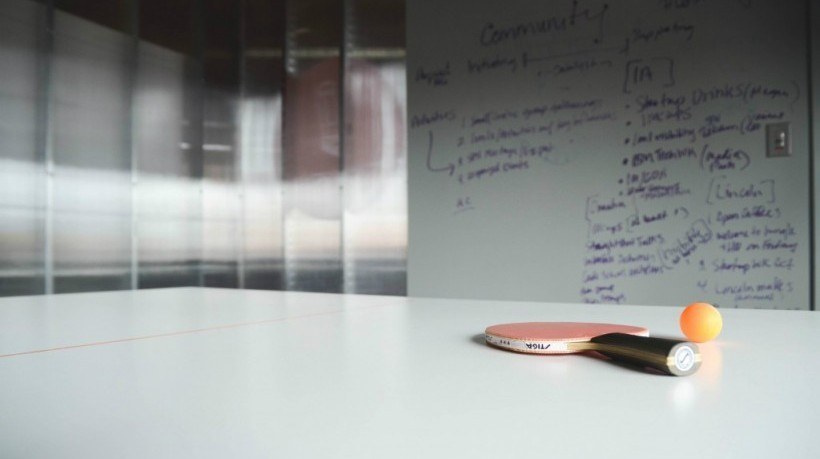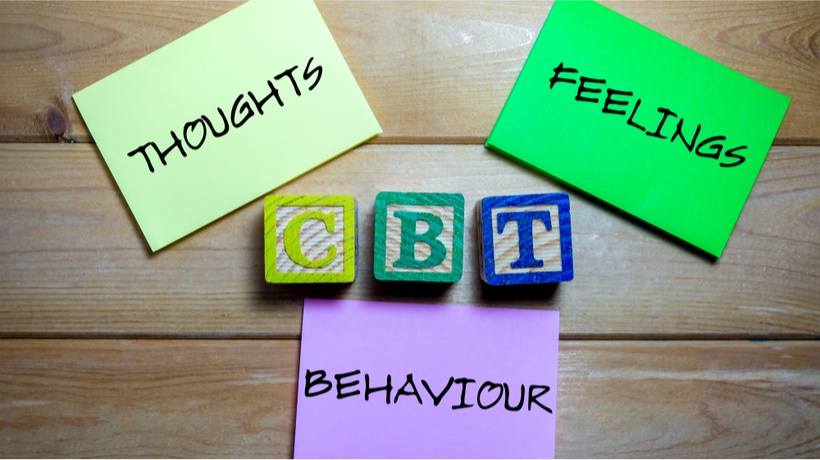How Instructional Design Can Be Informed By Health Behavior Theory
Health behavior theories are frequently used when designing interventions to improve individual health-related behaviors, but are often not used outside of that space. However, understanding the mechanisms by which individuals choose to exercise, eat healthy, and drink moderately can be applied to many different behaviors. As the goal for many eLearning products is to change behavior, appreciating Health Behavior Theory may help to facilitate sound Instructional Design.
To explain my point, let’s consider one of the major health behavior theories, the Transtheoretical Model, also known as the Stages of Change Model. As this theory is quite complicated in entirety, we will focus on a summary of the key components. Developed in the 1980’s, the original purpose of the Transtheoretical Model was to explain smoking behavior [1,2]. This theory proposes that individuals go through a series of stages when changing their behavior.
Stages Of Change

Image from Wikipedia: Transtheoretical model
- The first stage is precontemplation; an individual is considered to be in this stage when they are unaware that their behavior might be compromising their health, and they are not considering a change.
- The second stage is contemplation; in this stage an individual is aware of the impact of their behavior and they are considering making a change.
- The third stage is preparation; an individual in this stage has decided to change their behavior and is actively planning for and starting to make steps towards changing.
- The fourth stage is action; in this stage individuals have made a behavior change and are consciously working to maintain such a change. In this stage, relapse into an old behavior is common.
- The final stage is maintenance; an individual is considered to be in this stage when they have maintained a positive behavior change for a long period of time and are less likely to relapse.
Processes Of Change
In addition to the stages of change, the Transtheoretical Model posits that different processes of change are required to move individuals between certain stages. For an individual to move from precontemplation to contemplation, they require education and the knowledge that their current behavior is negative for their health. However, knowledge is not sufficient for individuals to move from preparation to action; they need concrete skills like goal setting to help them make actual changes.
Health interventions grounded in the Transtheoretical Model often tailor their contents to individual patients. That is, if a patient is not aware that their behavior is risky (precontemplation stage), an educational based approach will be employed. If a patient knows that they need to make a change, they will be taught behavioral skills. Some evidence suggests that matching program content to an individual’s stage is more effective than a standardized program in facilitating behavior change [3].
Implications Of Health Behavior Theory For Instructional Design
The implication for Instructional Design in eLearning should be clear; personalizing content to the behavioral stage of each individual learner can improve the likelihood of successful behavior change. If the goal of your next course is to change behavior, consider assessing your learner’s “stage of change”. If a learner is not aware there is a need to change their behavior, begin by presenting information to raise their awareness towards the issue. Only after an individual is aware of the implications of their behavior and is contemplating a change can you focus on actually making a change. Conversely, if your learner knows that a behavior change is needed, don’t waste their time by just presenting information at the beginning of your course. Dive right into skills development and give them the tools to successfully make changes.
References:
- Prochaska, J. O., & DiClemente, C. C. (1983). Stages and processes of self-change of smoking: Towards an integrative model of change. Journal of Counseling and Clinical Psychology, 51(3), 390-395.
- Prochaska, J. O., & DiClemente, C. C. (1986). Toward a comprehensive model of change (pp. 3-27). Springer US.
- Jalilian, M., Moeini, B., Hazavehei, S. M. M., Beigi, A. M., Sharifirad, G., & Nodeh, F. H. (2013). Physical activity stage-matched intervention: Promoting metabolic control in type 2 diabetes http://www.ncbi.nlm.nih.gov.revproxy.brown.edu/pmc/articles/PMC3778598/. Journal of Education and Health Promotion, 2, 18.









